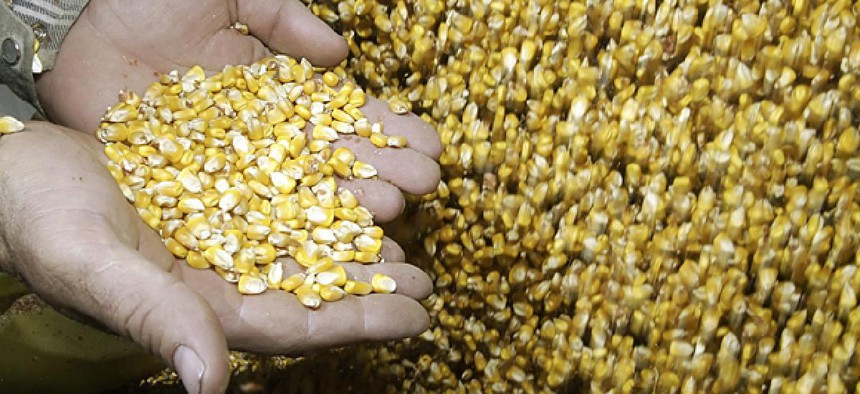Agencies assigned role in promoting green manufacturing
White House’s ‘bioeconomy blueprint’ seeks help disseminating scientific research and easing regulations.
The White House Office of Science and Technology on Thursday released its “National Bioeconomy Blueprint,” a 43-page rundown, promised in September 2011, on what federal agencies are and will be doing to promote research into environmentally sustainable manufacturing processes that help create jobs.
Recent advances in biological sciences affecting food, animal feed, fiber for clothing, energy sources and industrial chemicals are opening markets based less on “petroleum-based products and other nonrenewable resources but with materials that are quite literally homegrown,” science office staffers Mary Maxon and Elizabeth Robinson wrote in a blog. “The blueprint calls upon federal agencies to accelerate their efforts to harness the biological sciences for the benefit of the nation.”
Specifically, the blueprint asks agencies to:
- Support research and development investments that will provide the foundation for the future bioeconomy;
- Facilitate the transition of bioinventions from research lab to market, including an increased focus on translational and regulatory sciences;
- Develop and reform regulations to reduce barriers, increase the speed and predictability of regulatory processes, and reduce costs while protecting human and environmental health;
- Update training programs and align academic institution incentives with student training for national workforce needs; and
- Identify and support opportunities for the development of public-private partnerships and precompetitive collaborations -- where competitors pool resources, knowledge and expertise to learn from successes and failures.
Agencies are expected to use their procurement processes to stimulate research and development, improve education and training in the sciences, and promote public-private partnerships to bring bioeconomic innovations to market. The most active and most affected agencies are the Agriculture, Commerce, Defense, Energy, Health and Human Services, Homeland Security, and Interior departments, along with the Environmental Protection Agency, NASA and the National Science Foundation.
One of the key planks of the document is a bid to lower economic barriers caused by regulation. “Regulations governing our health products and services, energy production, national security, food and environment are protections that necessarily reduce safety and security risks,” the blueprint said. “However, some long-standing regulations have become inadequate or unnecessarily restrictive because technology and its associated products and services, as well as our national interests, have evolved and regulations may not have kept pace. Clear, predictable and efficient regulations that ensure safety, security and efficacy of products of biological research are powerful drivers of R&D investments by all sectors.”
The White House science office is accepting public comments on the document.
NEXT STORY: Are You a Transmitter or a Receiver?




